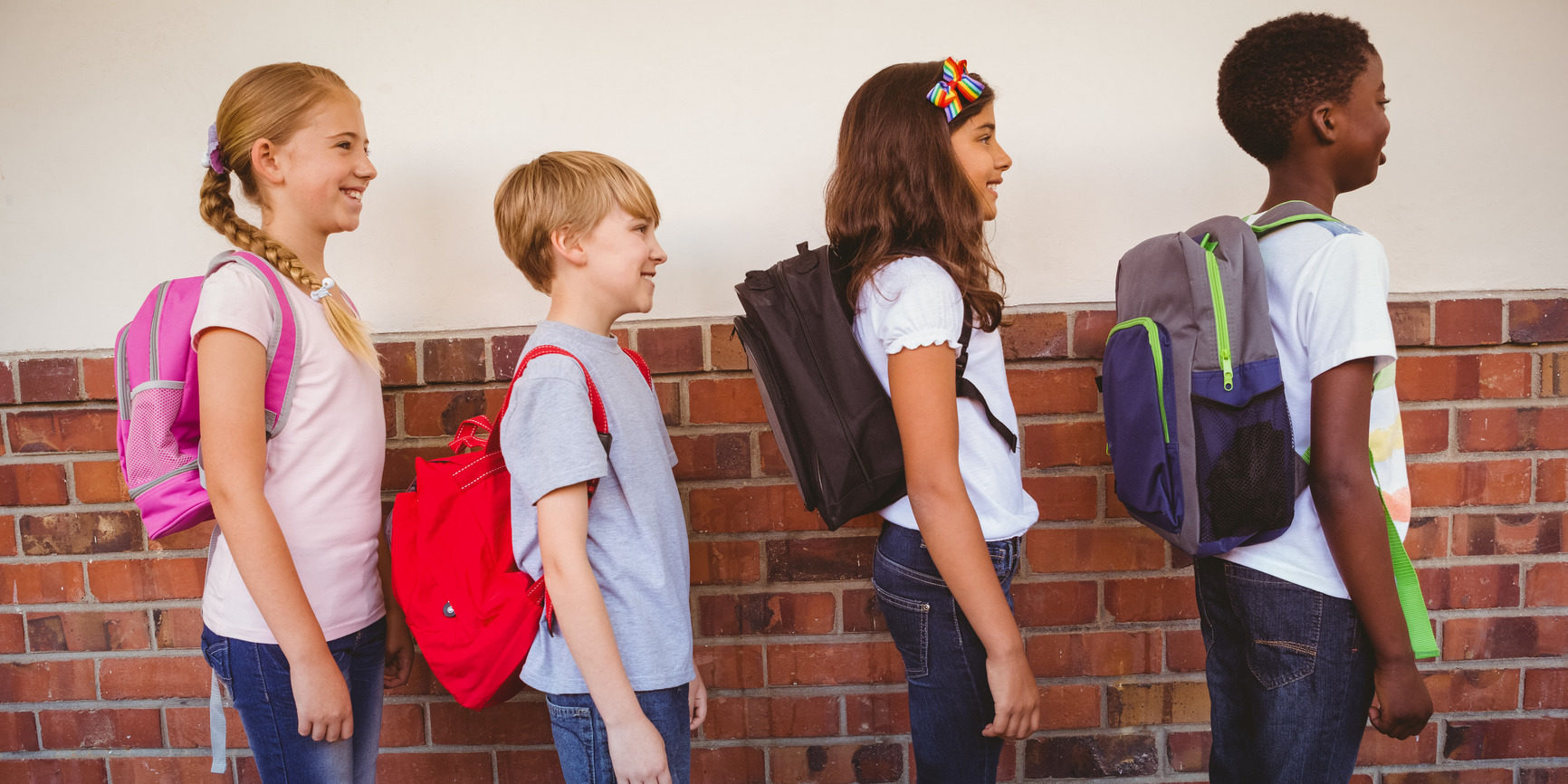Last week, we introduced the importance of establishing classroom routines. We focused on movement, especially bathroom breaks, which will allow you, the teacher, to have more time to devote to teaching and less time spent writing bathroom passes. This week, we will offer additional strategies to get the most out of your classroom time.
Distributing Supplies
Distributing supplies is a great area in which to establish routines. One idea is to designate a supply cart or table with the essentials that students can visit at designated times during class.
- Make sure to have a working pencil sharpener and several hand-held pencil sharpeners.
- Put the tissue box near the trash can, this cuts down on litter.
- Decide what supplies can be left accessible at all times and what needs to be taken out based on the project.
- Depending on your classroom and the projects that you’re working on, it may make sense to have markers, colored pencils, colored paper, and rulers accessible.
Next, you need to think about your routine for distributing supplies.
If you have your students in collaborative groups, assign roles to different members of the group and have one student be in charge of supplies. This student is responsible for retrieving the necessary supplies for the activity at hand. This will cut down on traffic in the classroom and create student responsibility, autonomy, and leadership.
Also, think about what students need to do if they forget their materials. Do they borrow from you or do they ask another student? If you will lend out supplies, it is important to create a system that will ensure the supplies are returned to you at the end of class. You can exchange the supply for student IDs or cell phones; at the end of class, students must return the supply to retrieve their ID.
To save time, you may consider having students retrieve supplies as they enter your classroom. This is especially helpful for handouts. Put a table by the door and place the materials for the day on the table. As students walk in, they pick up the handouts and supplies they need. If you need them for the next period, when class is over, have students return the handouts back to the table. This cuts down on time that would be spent passing out and collecting materials.
Starting and Ending Class
Another set of important routines include starting and ending class. It’s important that you begin and end class, not the bell. These routines are even more important for classes that struggle with behavior or with returning supplies.
- If you have your students sitting in cooperative groups, try using gamification or a points system. Since your students are in groups, they can work together as a team. As the students enter the room, place a point value on having all supplies out, being seated in desks, and starting on the pre-class activity (bell ringer, warm-up, etc.). The points can either be used for extra credit on an assignment or toward some kind of reward. Award groups with points based on which group is first, second, third, etc. This will foster healthy competition among your students, and they will be more active in getting supplies out, completing pre-class activities, and being ready to begin class.
- You can use a similar routine for dismissing your class by dismissing by MVP table. Which table did the best during the class? If you dismiss this way, students will work together and compete to be the best table in the room, which will also lead to better behavior and increased engagement.
Implementation
Now that you have some ideas for routines to establish in your classroom, it’s important to think about how you will implement them. The key to any good routine is directly teaching and practicing it. When possible, start your routine on the first day of school, and plan to practice and review it for the first few weeks. In order for students to follow the routine throughout the year, it’s important that you stay consistent.
Another important component of classroom routines is the level of autonomy you are comfortable giving to your class. Based on your comfort level, you can set up routines for how students procure supplies, how they move, and how they enter and exit your room. If you take time at the beginning of the school year to set up routines and you continue to practice and review them, you will set up an efficient and effective learning environment in which students know what is expected.






